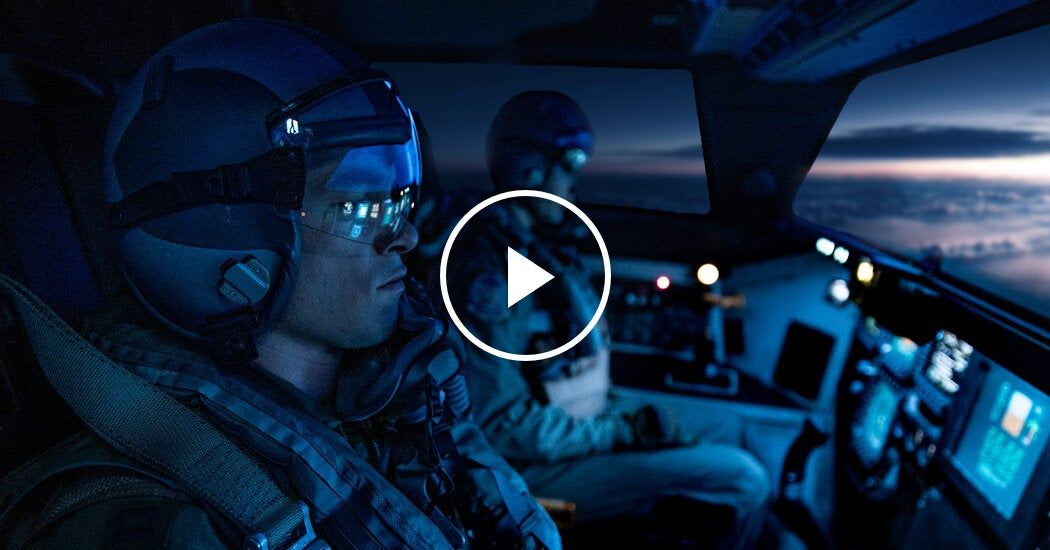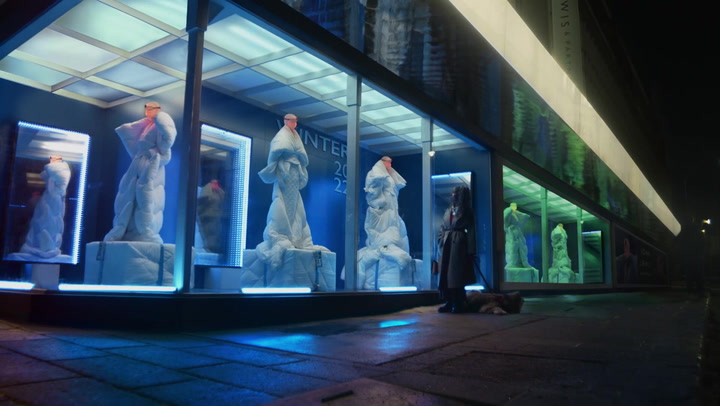“I'm Kathryn Bigelow and I'm the director of 'A House of Dynamite.' Here we are with Deputy National Security Advisor Jake Baerington, played by Gabriel Basso. And he's in a hurry because he just learned that a nuclear ICBM is coming to North America. And he's getting this information and trying to get to the White House, which is where he works. So he's in a hurry and he's trying to get in touch with our general at Stratcom, played by Tracy Letts,” Moving on to DEFCON 2, sir, we are potentially at risk of a spiral of alerts.” And what's interesting about this scene is, of course, the movement and the urgency of it. But the fact that you have two different philosophies, you have a more aggressive approach than what the general is providing, and then you have a more moderate approach, let's wait and try to analyze this in a more careful way than Jake Baerington presents. “That's your job, not mine. Do you have someone you can call who can tell us what the hell is going on? Don't let us stop you.” So I think what's interesting here is all the different sets that we had to create as a fluid movement from A to B. Well, you start with the security kiosk, and that was a build. And then it goes through the security kiosk. And then. And then it goes through the White House briefing room. It's on the way to the White House situation room. And that's in the middle of a briefing. And that was also a build, but in another part of the studio. And In trying to achieve a seamless integration, we needed an exterior for that to work. So we went to a golf museum, which was built in the same period that the White House was built. And it has pillars and a portico that is actually very similar architecturally. So we did a couple of steps to take it from the kiosk to the press conference room. But we are interspersing that with Stratcom, which is the Strategic Command located in Omaha, Nebraska, which is the home of the United States nuclear umbrella. United. And from there the general speaks. Throughout all of this, the ICBM is approaching, its inclination has flattened out. Now they know that this is not a test launch of anyone's team. It is absolutely on its way to making an impact in the continental United States. And then we see our pilots going to prepare. The B-2s, a B-2 is a particular bomber that carries nuclear warheads. So if in this situation we had to retaliate, that would be a retaliation method. We filmed at a studio in New Jersey called Cinelease, and we had three of their sets, and each set was a different set, one was inside Stratcom, and one was inside the White House situation room. his replica of these locations. He and I visited the White House situation room and the Stratcom for only a few minutes. We couldn't take pictures, but even though we were there for a few minutes, he was able to replicate it to the point that the military personnel who know those places thought we had shot there. I mean, it was that accurate. This is what we do.” “Jake, are you still there?” “Yes, sir.” Well, this is all happening live. It's almost like a play where the other actors that you see on the screen in the teleconference are also on set, on different sets some distance away, but they are there so that their response is live to the people, let's say, in the Stratcom room, that's a simultaneous situation. And that was actually quite complicated to set up. But it was very helpful for the actor that it was live and that the response time was immediate. “Once the killer vehicle separates, our mid-course interception system has a 61 percent success rate.” “So it's a coin toss?” Is that what $50 billion buys us?” “We're talking about hitting a bullet with a bullet.”












